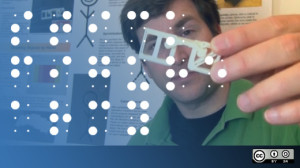 Here are five non-obvious yet compelling lessons from great community managers we’ve picked up in several years of working alongside them in their online communities.
Here are five non-obvious yet compelling lessons from great community managers we’ve picked up in several years of working alongside them in their online communities.
1) Managing a community takes more time than you think.
Did you know that at least half of that time is spent guiding staff who should be using the community as part of their daily work? Community managers also work closely with volunteer champions, monitor activity on a daily basis, freshen content from the organization, and coordinate responses to member feedback and requests. This is time-intensive work. That’s why it’s so important to have a community manager who is focused on results.
2) Successful communities are indispensable.
Especially when it comes to private online communities, social networking alone is not a strong enough draw to create active engagement. Your members must have a compelling reason to participate. For example, maybe the community supports their volunteer activity. Maybe the community is the place to participate in study groups or gain CE credits. Maybe the community contains invaluable resources that members need. The best communities have purpose.
3) You expect a little discord sometimes. But you’re surprised at how much words can hurt.
If you have an online community, you’ve probably had many conversations internally about what to do when someone posts something negative. It’s a worthy discussion, and something you want to be prepared for. But what you can’t really prepare for is how the comment makes a staff person feel. Negative comments can feel like negative attacks–the fight or flight response kicks in, and that makes it ten times more difficult to respond appropriately. The great community managers we know have cool heads and the ability to help staff put negative comments into the proper perspective.
4) Being responsive takes a team.
Set aside the fact that no one person can monitor and respond to a community 100% of the time. Perhaps the bigger issue is that no one person is an expert in everything your organization does. And sometimes, a response requires more than an explanation. For example, if someone offers feedback on something that didn’t work at the annual meeting, the response (besides thanking them) is to change that aspect of the program for next year. To get that kind of responsiveness, everyone needs to value the community.
5) When the leadership gets involved, the membership gets involved.


